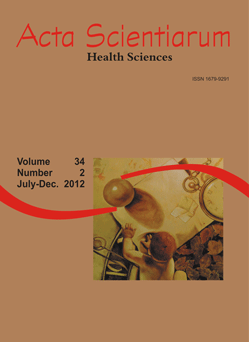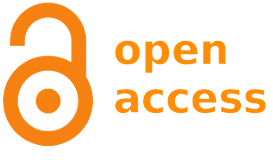<b>Arterial hypertension: sociodemographic profile and comorbidities of patients from northwest Paraná State, Southern Brazil</b> - doi 10.4025/actascihealthsci.v34i2.10152
Abstract
The systemic arterial hypertension (SAH) currently a major public health problem, presents high medical and socioeconomic costs, and occurs concurrently with other diseases, of infectious origin or not. This study aimed to describe the sociodemographic profile of hypertensive patients with or without co-morbidities assisted in a health reference centre in a municipality of the northwest of the Paraná State, Southern Brazil. We gathered data from 250 medical records, concerning age, gender, race, marital status, educational level, professional duties, place of origin, reasons for seeking the services, occurrences of co-morbidities, and duration of systemic arterial hypertension. SAH occurred more often in the age group of 60-69 years old. The female gender was significantly different from the male. We observed the predominance of married (60.0%), Caucasian (76.0%), with fundamental level of education (54.4%), housewife (39.6%), living in neighborhood towns (58.0%), born in other regions than the Southern Brazil and have seek the service mainly for reasons not related to hypertension (p < 0.05). Cardiopathy of diverse etiology, Diabetes mellitus, Chagas disease and acute myocardial heart attack were identified in 98 patients (39.2%). Long-standing SAH was observed on 65.2% of the patients. The knowledge of the profile of the hypertensives, and principal associated diseases allows directing health actions in order to optimize resources, and make effective control of blood pressure and co-morbidities, including alternative intervention approaches to increase life expectation of patients.
Downloads
DECLARATION OF ORIGINALITY AND COPYRIGHTS
I Declare that current article is original and has not been submitted for publication, in part or in whole, to any other national or international journal.
The copyrights belong exclusively to the authors. Published content is licensed under Creative Commons Attribution 4.0 (CC BY 4.0) guidelines, which allows sharing (copy and distribution of the material in any medium or format) and adaptation (remix, transform, and build upon the material) for any purpose, even commercially, under the terms of attribution.
Read this link for further information on how to use CC BY 4.0 properly.























5.png)







